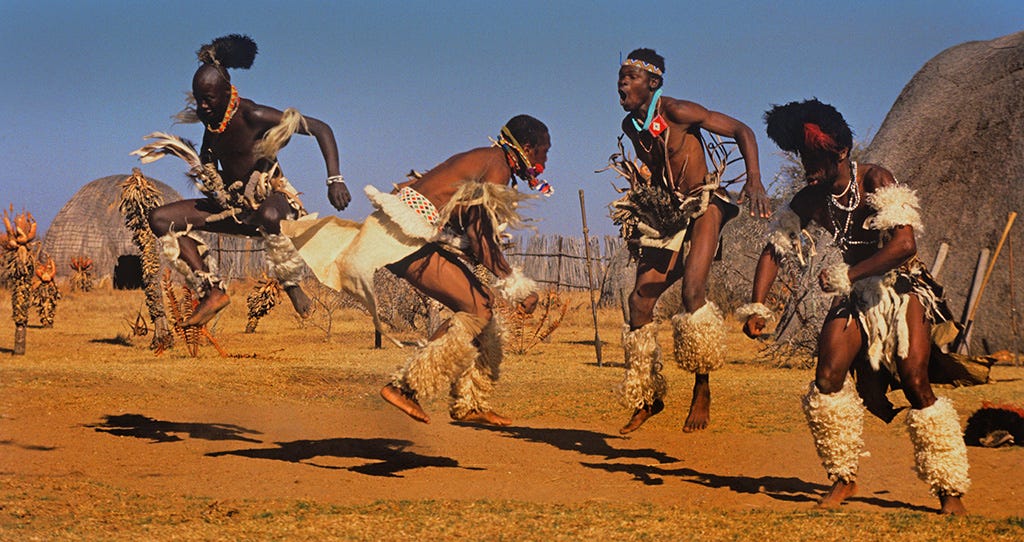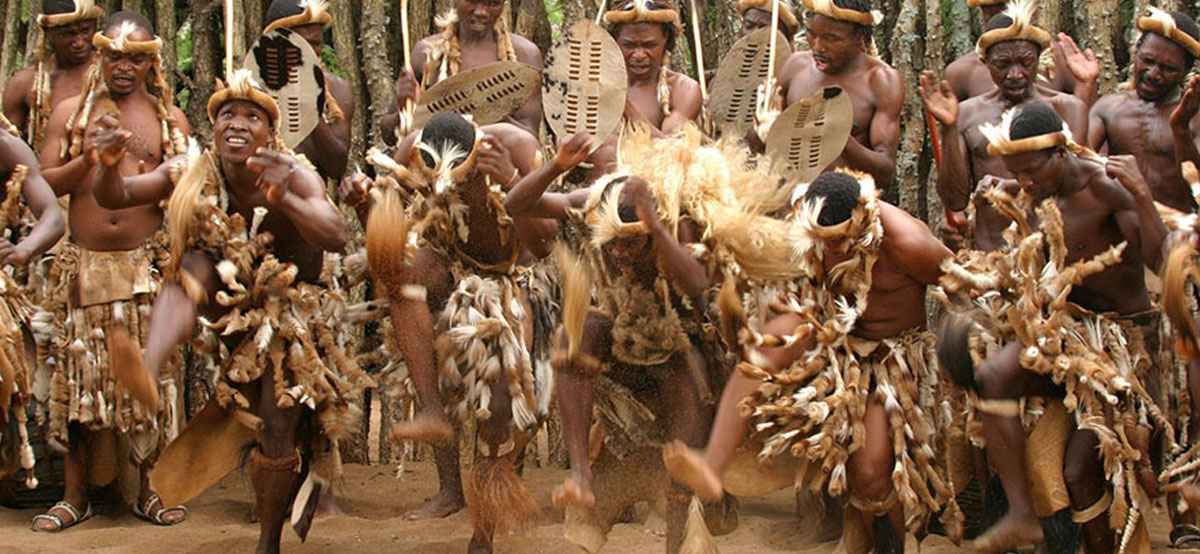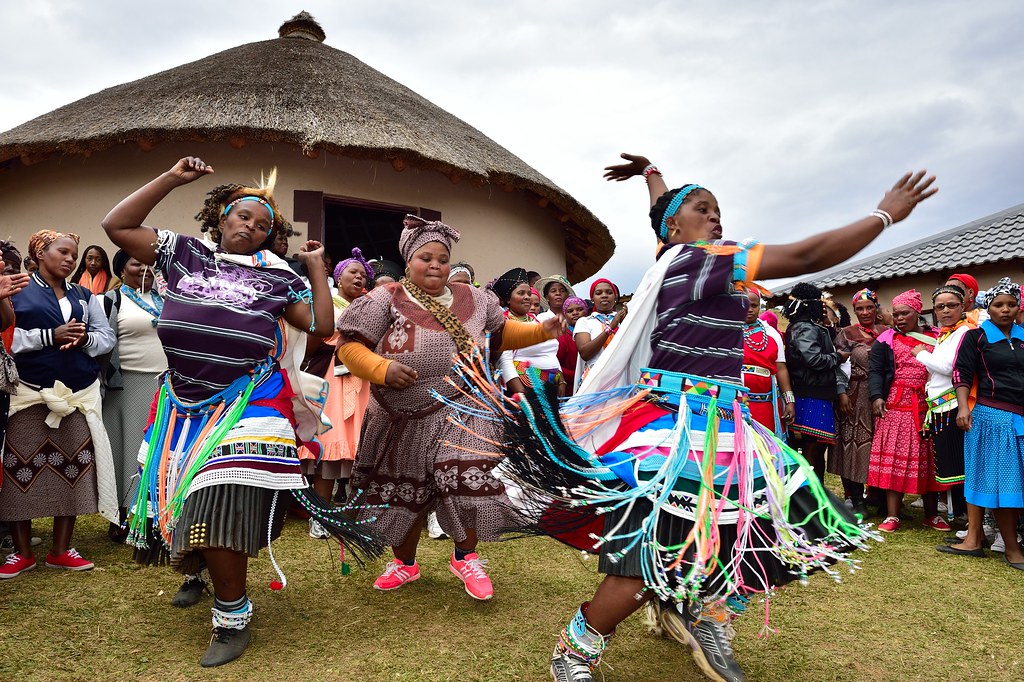Rumored Buzz on South African Culture Today
Rumored Buzz on South African Culture Today
Blog Article
Some Known Facts About South African Culture Today.
Table of ContentsEverything about South African Culture TodayThe 3-Minute Rule for South African Culture TodayAn Unbiased View of South African Culture TodaySouth African Culture Today - An OverviewThe Main Principles Of South African Culture Today The Single Strategy To Use For South African Culture Today
This follows with vocal singing and drum pounding. The couple after that satisfy with the seniors and discuss the significance of their union. An issue of importance in Zambian towns is the passing away of enjoyed ones. All members of the town put cash, effort and time together for the interment of the deceased.Songs and dancing is a really vital facet of the Zambian society. The various tribal units have their very own dancing forms; however, makishi is usual amongst all people.
How South African Culture Today can Save You Time, Stress, and Money.
When it comes to songs, drums are made use of the most, with a variety of drumming ceremonies. In Zambia, majority of the individuals are Christian; Protestant and Roman Catholic. There are tiny groups of Muslims and Hindus, with the remainder complying with neighborhood native tribal beliefs.

South African heritage and culture is tremendously varied, and consists of lots of various teams of people that each have their very own traditions and ideas. Having such a diversity of people and cultures is what makes South Africa so special. In truth sense of the phrase, we are a rainbow country.
South Africa has roughly three hundred thousand Portuguese individuals staying in it. Making it the 7th on the checklist of nations with the most Portuguese people in it beyond Portugal. Portuguese is not just a culture, yet it is also a language and a race. Portuguese individuals originate from the country of Portugal in Europe, however, as a result of Portugal (like many other countries in Europe) checking out the world and conquering various other countries during the 15th 20th centuries, South Africa has what we call Portuguese South African's living in it.
The Only Guide to South African Culture Today
Amongst the prominent attributes of the topography is a plateau that covers nearly two thirds of the center of the nation. The plateau complex increases towards the southeast, where it culminates in the Drakensberg range, component of a cliff that divides the plateau from the coastal locations. The Drakensburg includes Sparkling wine Castle, the highest possible top in the nation.
The area north of the Witwatersrand, called the bushveld, inclines downward from east to west toward the Limpopo River, which forms the worldwide border. The western area of the plateau, the middleveld, additionally comes down in the direction of the west and differs in altitude in between the highveld and bushveld. Between the Drakensburg and the eastern and southern shoreline, the land descends to the sea.
Nearer the coast there is a low-lying plain called the eastern lowveld. Southwest of the plateau the country becomes progressively more dry, paving the way to the hostile desert of the Great Karroo, approached the eastern by the lower, better watered plateau of the Little Karroo. Dividing the completely dry southern interior from the sandy littoral of the southerly shore and West Cape is one more variety, the Langeberg.
Rumored Buzz on South African Culture Today
The country's racially, ethnically, and politically divided background has generated nationwide and subnational symbols that still operate as symbols of the nation, and others symbols that are approved only by particular groups. The monoliths to white settler occupation and political supremacy, such as the Afrikaner Voortrekker ("leader") Monument in Pretoria and the Rhodes Monolith honoring the British colonial realm home builder and Cape head of state Cecil Rhodes, stay sectarian icons.
The first modern-day residents were the San ("bushman") hunter-gatherers and the Khoi ("Hottentot") individuals, who rounded up animals (South African culture today). The San may have been existing for thousands of years and left proof of their presence in countless old cave paintings ("rock art"). Bantu-speaking clans that were the forefathers of the Nguni (today's amaZulu, amaXhosa, amaSwazi, and vaTsonga peoples) and Tswana-Sotho language groups (today's Batswana and Southern and Northern Basotho) moved down from east Africa as very early as the fifteenth century

The 2 former republics of the Orange Free State and Transvaal (South African Republic) were established by Afrikaner settlers that beat and dispossessed the Basotho and Batswana. Lesotho would certainly have been by force included right into the Orange Free State without the extension of British security in 1869. The best unification of the nation resulted from the South African Battle (18991902) in between the British and both Afrikaner republics, which reduced the country to destroy at the start of the twentieth century.
Afrikaners historically considered themselves the only real South Africans and, while giving complete citizenship to all citizens of European descent, rejected that status to people of color till the autonomous shift of 1994. British South Africans maintain a sense of cultural and social link to Great Britain without damaging their identification as South Africans.
Not known Facts About South African Culture Today
The diversity and fragmentation within ethnic groupings and the equilibrium of tensions in between those groups throughout the Website twentieth century avoided interethnic civil problem. While intergroup tensions over sources, entitlements, and political prominence stay, those problems are as likely to match Zulu against Zulu as Zulu versus Xhosa or African versus Afrikaner.
From colonial India, British vendors and managers brought the rounded steel ornamental roof coverings and slender shoelace job pillars that still typify the verandas of homes in towns and cities throughout the country. Houses of worship add a vital architectural facet even in the tiniest communities. In enhancement to the skyrocketing steeples and traditional stonework of Afrikaans Dutch Reformed churches, Anglican churches, synagogues, mosques, and Hindu shrines supply variety to the religious building look at these guys scene.

Butchering and the developing of traditional cereal beer are important in protecting the involvement and goodwill of the ancestors who are considered the guardians of good fortune, prosperity, and well-being. Indian areas keep their indigenous cooking customs and apply them on Islamic and Hindu ritual and ceremonial celebrations. Afrikaners and Coloured individuals collect at weekends and special occasions at multifamily bbqs called braais, where area bonds are enhanced.
Since this was the primary economic venture of both black Africans and white homesteaders, dispute between those teams focused on the ownership of grazing land and livestock. In 1867, the biggest diamond down payments in the globe were found at Kimberley in the west central location. The riches from those fields aided fund the exploitation of the greatest gold coral reef in the globe, which was discovered on the Witwatersrand in 1886.
4 Easy Facts About South African Culture Today Described
This resulted in misconceptions and deliberate misrepresentation in the negotiations of white inhabitants and federal government authorities with African chiefs throughout the early american period (South African culture today). In the facility of African reserves, some elements of public and chiefly "tribal depend on" land period were preserved, and also in white backwoods, types of public tenure were still practiced in locations with African areas
After the democratic makeover of 1994, programs browse this site for land restitution, redistribution, and reform were instituted, however progression has actually been slow. The white minority still manages eighty percent of the land. Following farming land invasions in Zimbabwe, the Department of Land Affairs has actually vowed to speed land redistribution.
Report this page